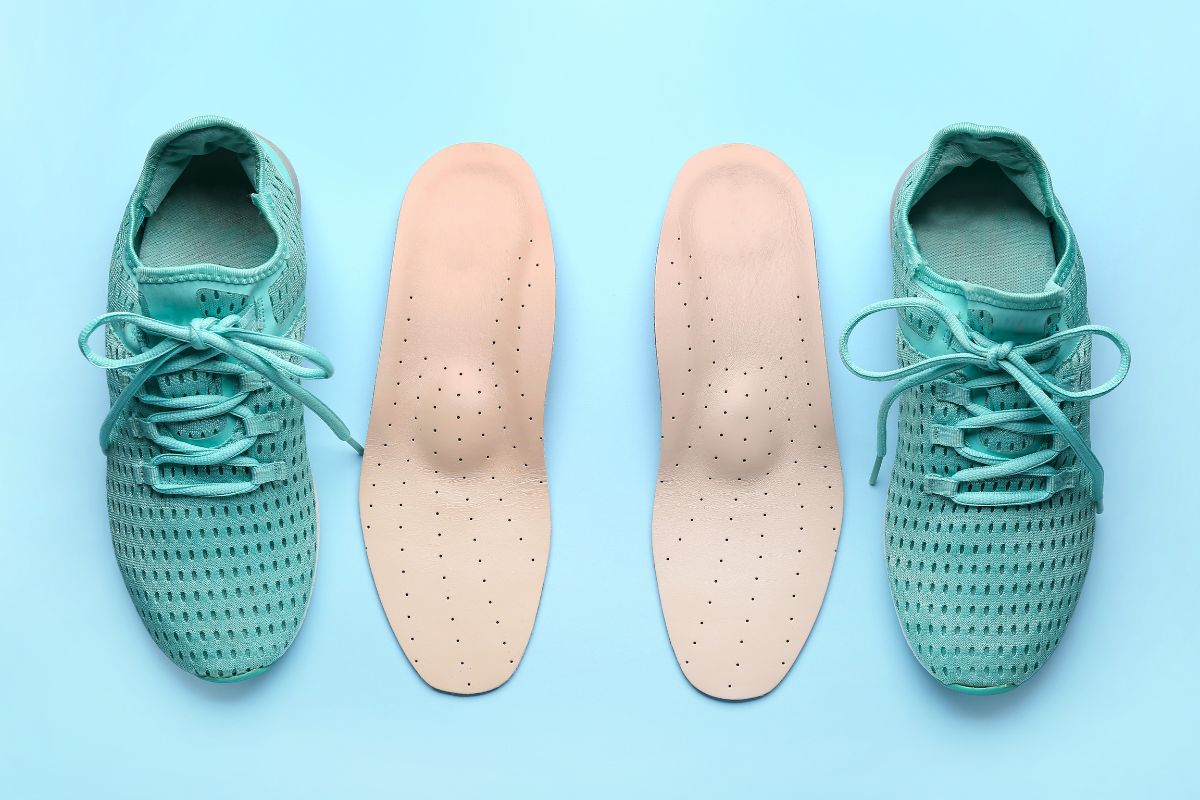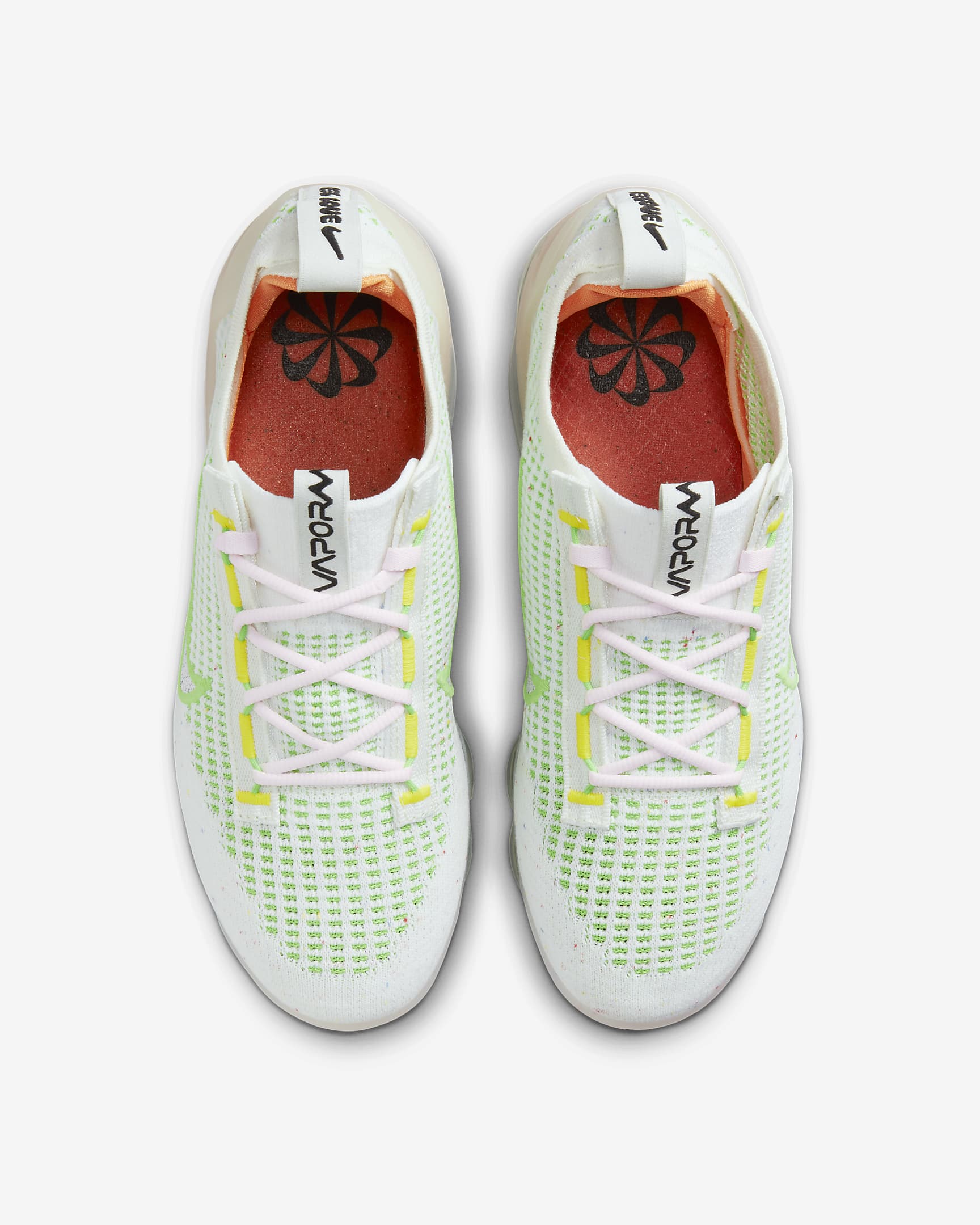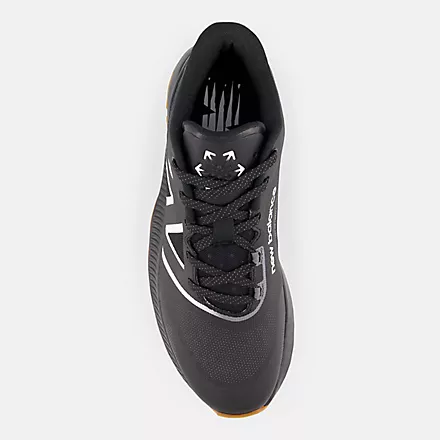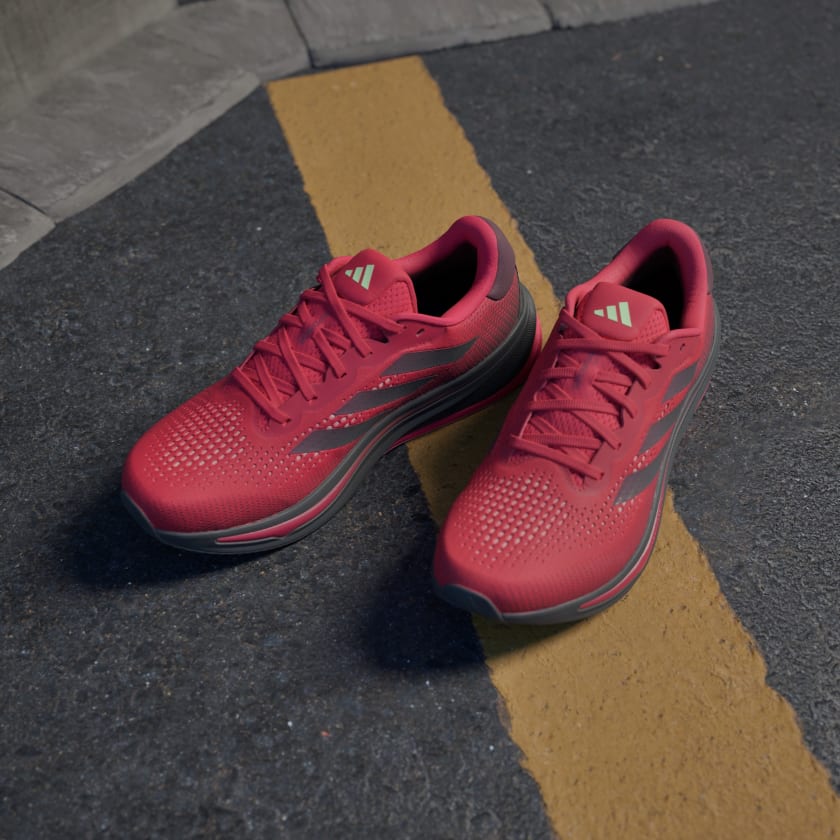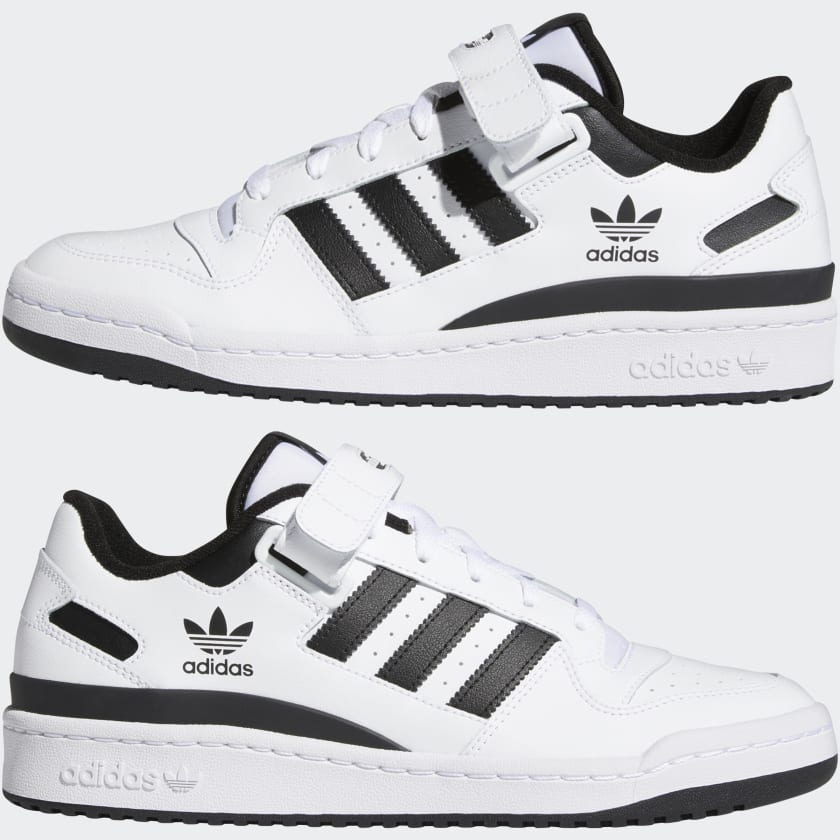Learn the secrets of maintaining freshness: How to clean insoles of shoes for a hygienic and comfortable footwear experience.
You know that feeling when you put on a pair of shoes and it feels like you’re walking on clouds? Well, those heavenly insoles deserve some care too! In this article, we’ll show you how to give your shoes’ insoles the TLC they need to keep your feet happy and odor-free.
From simple cleaning tricks to more in-depth techniques, we’ve got you covered. So, grab your favorite pair of shoes and let’s get started on giving those insoles the pampering they deserve.
Gather Materials
Before you begin cleaning your insoles, gather all the necessary materials. First, remove the insoles from your shoes by taking them out gently. Be careful not to damage or tear them in the process.
Once you have removed the insoles, use a brush or a soft cloth to brush off any loose dirt or debris. This will help prepare the insoles for a thorough cleaning. Finally, prepare a cleaning solution that is suitable for your insoles. The type of cleaning solution you use may vary depending on the material of your insoles.
Basic Cleaning Methods
There are several basic cleaning methods that you can use to clean your insoles effectively. The method you choose may depend on the material and level of dirtiness of your insoles.
Hand Washing
One common method of cleaning insoles is to wash them by hand. Start by filling a basin or sink with warm water and add a small amount of mild detergent. Place the insoles in the soapy water and use your hands to gently scrub them.
Pay attention to any stained or particularly dirty areas. Once you have cleaned the insoles thoroughly, rinse them with clean water and gently squeeze out the excess water.
Machine Washing
If your insoles are machine-washable, you can save time and effort by using a washing machine. However, it’s important to check the manufacturer’s instructions or the label on the insoles to ensure they are safe to machine wash.
Place the insoles in a mesh laundry bag or pillowcase to protect them during the wash cycle. Use a gentle cycle with cold water and a small amount of detergent. After the cycle is complete, remove the insoles from the washing machine and allow them to air dry.
Spot Cleaning
If you only have a small area on your insoles that needs cleaning, spot cleaning can be a quick and effective method. Start by identifying the stained or dirty area and apply a small amount of mild detergent directly to it. Use a soft cloth or a gentle brush to scrub the area in a circular motion.
Rinse the spot with clean water and gently squeeze out any excess moisture. Remember to let the insoles air dry before placing them back into your shoes.
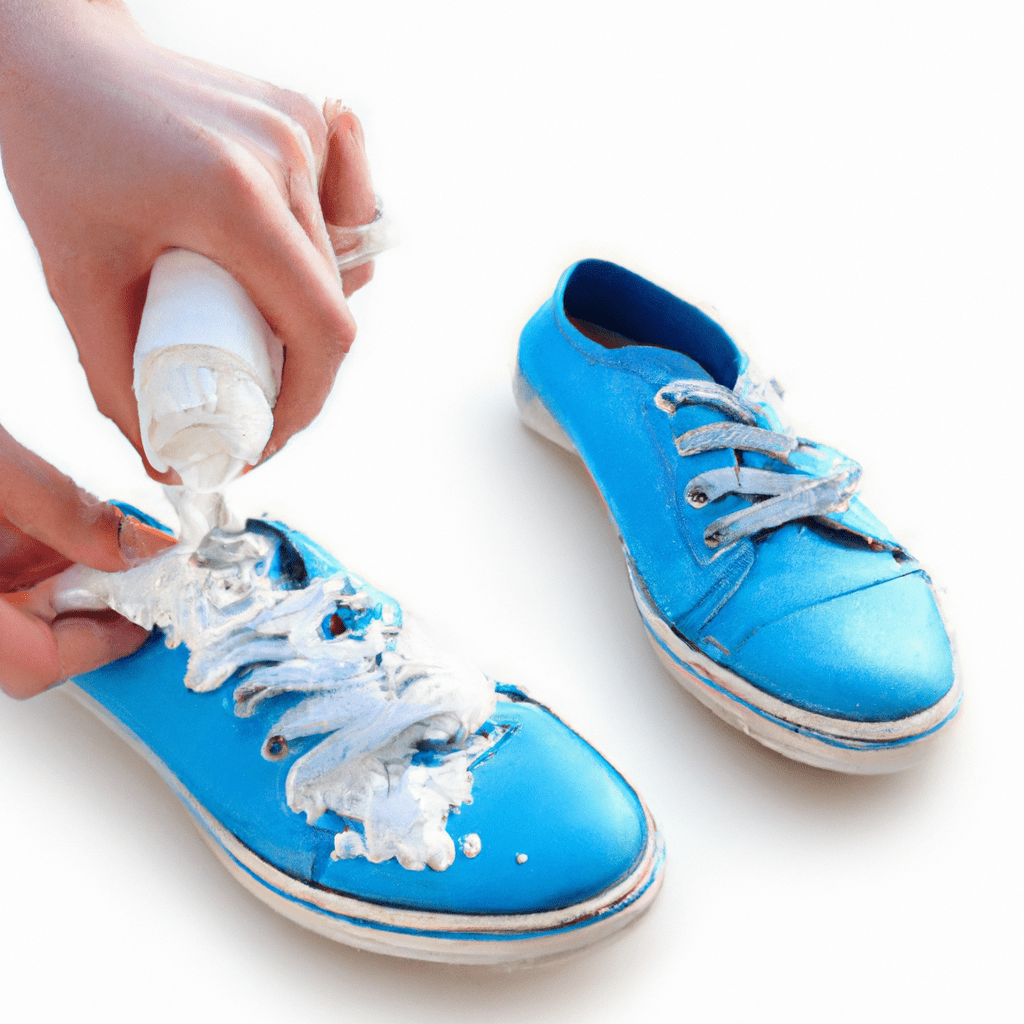
Removing Odor from Insoles
Over time, insoles may develop an unpleasant odor due to sweat and bacteria buildup. Luckily, there are several methods you can use to eliminate these odors and keep your insoles fresh.
Baking Soda Method
Baking soda is a versatile and natural odor eliminator. To use this method, sprinkle a generous amount of baking soda directly onto your insoles. Make sure to cover the entire surface.
Leave the baking soda on the insoles overnight to allow it to absorb any odors. In the morning, shake off the excess baking soda and gently brush or vacuum off any residue. Your insoles should now smell fresh and clean.
Vinegar Solution
Vinegar is another effective way to remove odor from insoles. Mix equal parts vinegar and water in a spray bottle. Spray the solution onto the insoles, making sure to cover the entire surface.
Let the vinegar solution sit on the insoles for a few minutes to neutralize any odor-causing bacteria. Afterward, rinse the insoles with clean water and pat them dry. The vinegar smell will dissipate as the insoles dry, leaving them fresh and odor-free.
Odor-Eliminating Spray
If you prefer a ready-made solution, you can purchase an odor-eliminating spray specifically designed for shoes and insoles. These sprays typically contain ingredients that neutralize odors and leave a fresh scent.
Simply follow the instructions on the spray bottle and apply it to your insoles. Allow the spray to dry completely before placing the insoles back into your shoes. Repeat this process whenever you notice any unwanted odors returning.
Dealing with Stubborn Stains
Sometimes, insoles can develop stubborn stains that are difficult to remove. With the right approach, you can effectively treat these stains and restore your insoles to their original condition.
Pretreating Stains
Before tackling a stubborn stain, it’s helpful to pretreat the area to loosen the dirt or grime. Start by dampening a clean cloth or sponge with warm water. Gently blot the stained area of the insole, applying slight pressure to help lift the stain.
Avoid rubbing vigorously, as this can spread the stain further. Continue blotting until the stain starts to fade.
Using Stain Remover
For tougher stains, a stain remover can be a helpful tool. Apply a small amount of stain remover directly to the stained area of the insole. Use a soft cloth or sponge to gently blot the stain remover into the insole, working in a circular motion.
Follow the instructions provided by the stain remover manufacturer, as different products may have different application methods and times. Once the stain has been treated, rinse the insoles thoroughly with clean water and allow them to air dry.
Soaking in Hydrogen Peroxide
Hydrogen peroxide is known for its stain-removing properties and can be effective for certain types of stains on insoles. To use this method, create a solution of equal parts hydrogen peroxide and water in a bowl or basin.
Place the stained insoles in the solution and let them soak for several hours or overnight. The hydrogen peroxide will help break down the stain, making it easier to remove. After soaking, rinse the insoles with clean water and allow them to air dry completely.
Drying the Insoles
Properly drying your insoles is essential to prevent the growth of mold, mildew, and further odor development. Consider the following methods for drying your insoles:
Air Drying
The most common method of drying insoles is to let them air dry naturally. After cleaning or treating your insoles, place them in a well-ventilated area away from direct sunlight.
This allows for proper airflow, which helps to speed up the drying process. Keep in mind that air drying may take a longer time, especially for thicker or more absorbent insoles.
Using a Fan
If you’re looking to expedite the drying process, you can use a fan. Place the insoles near a fan or use a portable fan to direct airflow towards them. The increased air circulation will help evaporate the moisture from the insoles more quickly. Remember to adjust the fan speed to avoid damaging or misshaping the insoles.
Avoiding Sunlight
While it may be tempting to dry your insoles in direct sunlight, it’s best to avoid this method. Sunlight can cause certain materials to fade or become brittle over time.
Additionally, the heat from direct sunlight can alter the shape and structure of the insoles. It’s best to stick to air drying or using a fan to ensure the longevity of your insoles.
Preventive Measures
Taking proactive steps to maintain the cleanliness of your insoles can help prevent odor, stains, and the need for frequent deep cleaning. Consider implementing these preventive measures into your routine:
Regular Cleaning Routine
Developing a regular cleaning routine for your insoles can help keep them fresh and odor-free. Aim to clean your insoles every few weeks or whenever they start to show signs of dirt or odor buildup. By staying consistent with cleaning, you can prevent dirt and bacteria from accumulating, ensuring your insoles stay clean for longer periods.
Wearing Socks
Wearing socks is an effective way to protect your insoles and prevent odor and sweat absorption. Socks act as a barrier between your feet and the insoles, absorbing moisture and reducing the risk of odor development.
Opt for moisture-wicking socks to keep your feet dry throughout the day, minimizing the chances of a moist environment that promotes bacterial growth.
Waterproofing Insoles
If your insoles are susceptible to moisture, considering waterproofing them can be a wise choice. Waterproofing sprays or coatings can create a protective layer on your insoles, making them more resistant to water and other liquids.
This can help maintain their cleanliness and prevent stains from setting in. Follow the instructions provided by the waterproofing product to ensure proper application and effectiveness.
Special Care for Different Insole Types
Different insole materials may require specific care and cleaning methods to preserve their quality and longevity. Here’s how to clean and care for common types of insoles:
Leather Insoles
Leather insoles require gentle care to maintain their softness and quality. Avoid immersing leather insoles in water or using harsh cleaning agents. Instead, wipe them with a damp cloth to remove dirt and stains. For deeper cleaning, use a specialized leather cleaner and conditioner. Apply the cleaner using a soft cloth and follow up with the conditioner to keep the leather nourished and supple.
Memory Foam Insoles
Memory foam insoles are highly absorbent and prone to retaining moisture. To clean memory foam insoles, avoid excessive water or submersion.
Instead, spot clean using a mild detergent and water solution. Gently blot the insoles with a cloth or sponge, being careful not to saturate them. Allow the insoles to air dry completely before using them again.
Gel Insoles
Gel insoles are known for their cushioning and shock-absorbing properties. To clean gel insoles, wipe them with a damp cloth or sponge using a mild soap or detergent.
Avoid using hot water or vigorous scrubbing, as it can damage the gel material. Rinse off any soap residue thoroughly and let the insoles air dry.
Cleaning Insoles for Specific Shoes
Different types of shoes may require specific cleaning methods to address their unique materials and design. Here’s how to clean insoles for specific shoe types:
Athletic Shoes
Athletic shoes often accumulate dirt and sweat due to active use. To clean insoles for athletic shoes, start by removing the insoles from the shoes. Follow one of the basic cleaning methods mentioned earlier, such as hand washing or machine washing, depending on the material and level of dirtiness.
Pay extra attention to any areas that come into direct contact with sweat, such as the heel and ball of the foot. Once cleaned, make sure the insoles are completely dry before reinserting them into the shoes.
Canvas Shoes
Canvas shoes are popular for their comfort and casual style. To clean canvas shoe insoles, follow the basic cleaning methods mentioned earlier, such as hand washing or machine washing.
If the canvas material is heavily stained or soiled, pretreat the insoles with a stain remover before washing. Air dry the insoles completely before placing them back in the shoes.
Dress Shoes
Dress shoes often have delicate and sensitive materials, requiring special care when cleaning. To clean dress shoe insoles, start by gently removing any loose dirt or debris using a soft brush or cloth. Spot clean using a gentle cleaning solution suitable for the material.
Avoid excessive water or aggressive scrubbing to prevent damage. If necessary, use a specialized product designed for cleaning and conditioning dress shoe insoles. Let the insoles air dry completely before inserting them back into the shoes.
Read More: How to Make Bottom of Shoes Less Slippery-Simple and Effective Ways
Professional Cleaning Options
If you prefer to have your insoles professionally cleaned, there are several options available to you. Consider the following professional cleaning options:
Shoe Repair Shops
Many shoe repair shops offer insole cleaning services as part of their overall offerings. These professionals have the knowledge and expertise to clean your insoles effectively while preserving their quality.
You can drop off your insoles at a shoe repair shop and typically expect them to be cleaned and ready for pick-up within a few days.
Dry Cleaners
Some dry cleaners also provide services for cleaning insoles. They have specialized cleaning techniques and equipment that can effectively remove dirt, stains, and odors from your insoles.
If you choose this option, make sure to communicate any specific concerns or instructions to the dry cleaner to ensure optimal results.
Shoe Cleaning Services
There are also dedicated shoe cleaning services that specialize in cleaning various shoe components, including insoles.
These services typically offer professional-grade cleaning techniques and equipment to thoroughly clean and restore your insoles. You can either visit their physical location or send in your insoles for cleaning, depending on the service provider.
Additional Tips and Tricks
Here are some additional tips and tricks to help you maintain clean and odor-free insoles:
Using Insole Inserts
Insole inserts can be an excellent addition to prolong the cleanliness and comfort of your insoles. These inserts act as a protective layer, preventing direct contact between your feet and the insoles.
They help reduce sweat absorption and can be easily removed and cleaned separately. By using insole inserts, you can extend the lifespan of your insoles and minimize the need for frequent cleaning.
Freezing the Insoles
If your insoles are prone to unwanted odors, consider freezing them overnight. Place the insoles in a sealable plastic bag and put them in the freezer. The low temperature will help kill odor-causing bacteria, leaving your insoles smelling fresher. Remember to let the insoles thaw before using them again.
Regularly Changing Insoles
Regularly changing your insoles is an effective way to maintain cleanliness and control odors. Consider having multiple pairs of insoles and rotating them regularly.
This allows each pair to dry thoroughly between uses, reducing the chances of moisture buildup and odor development. Additionally, replacing your insoles periodically ensures optimal comfort and support for your feet.
By following these comprehensive steps and establishing a regular cleaning routine, you can keep your insoles clean, fresh, and in excellent condition. Happy cleaning!
